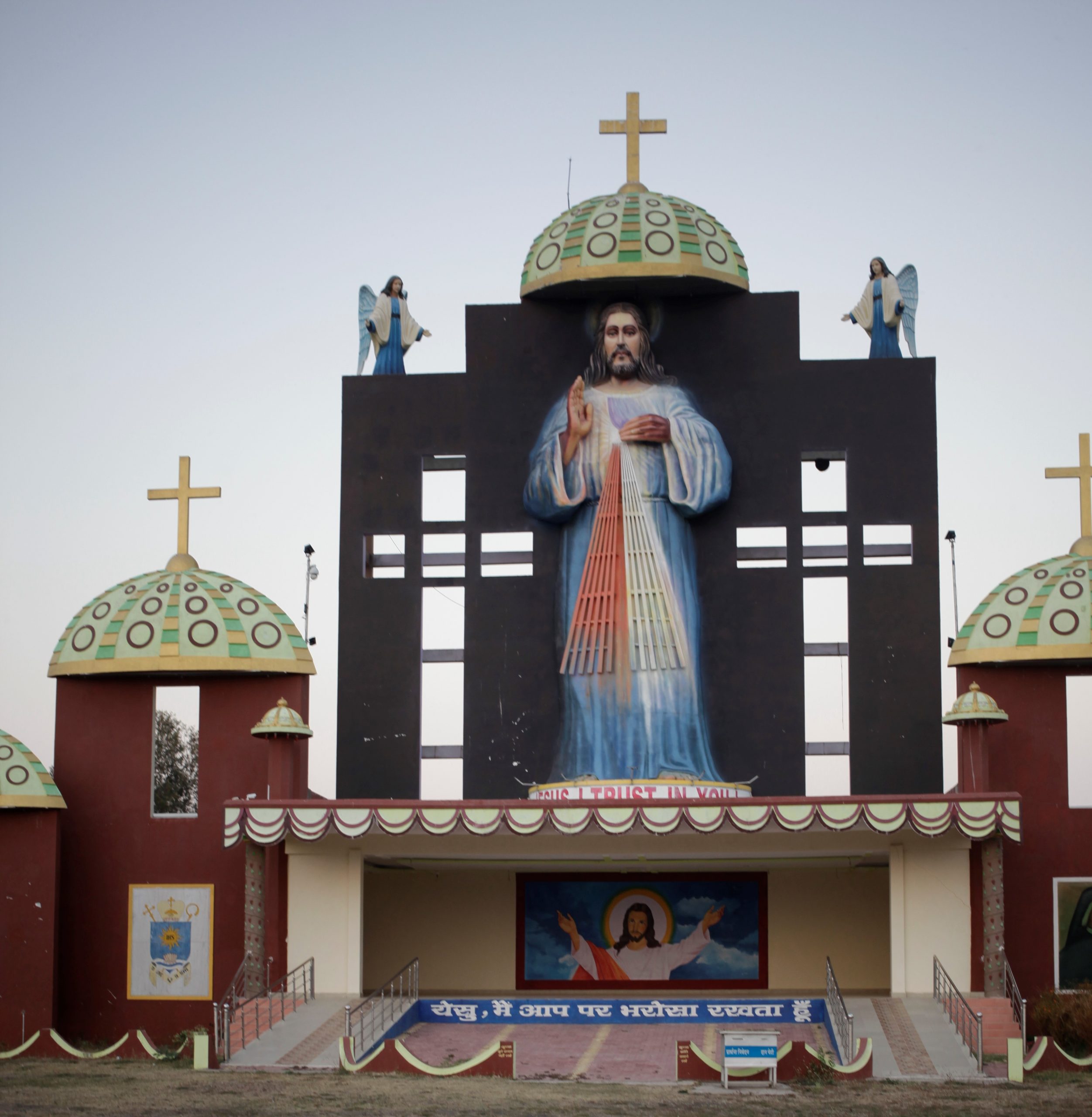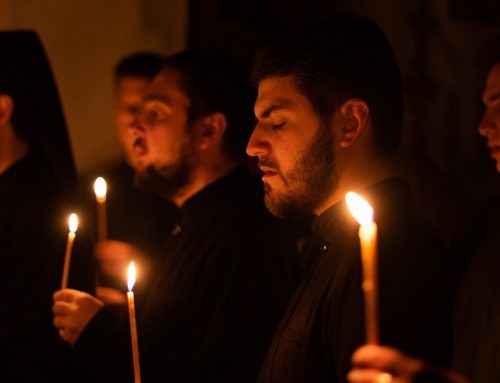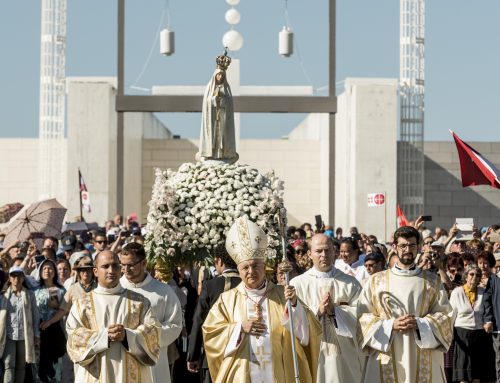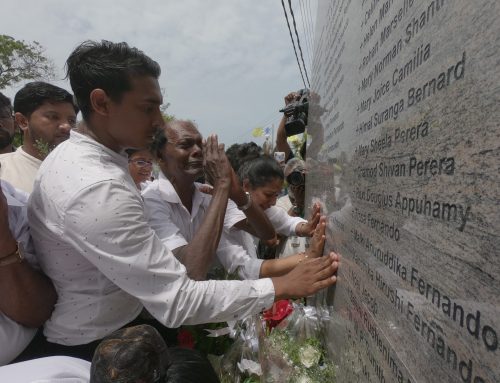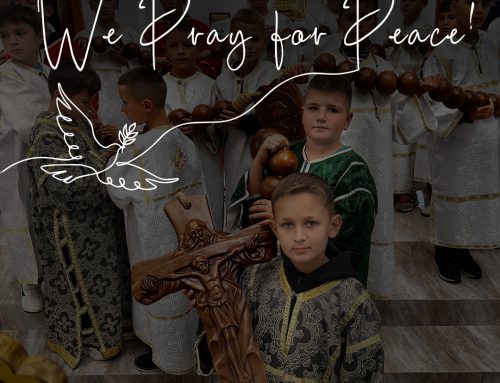Plans to build India’s largest statue of Jesus in the southern state of Karnataka have encountered heavy opposition from local Hindu nationalists.
The state-level government, controlled by the Hindu nationalist Bharatiya Janata Party (BJP) has asked for the suspension of construction until the ownership of the construction plot has been established by a government inquiry.
Critics of the planned statue in Ramanagara district have suggested the mound where construction is taking place, Kapalabetta hilltop, is communal ground and that it is sacred to a local Hindu deity, Kapali Betta. They accuse local Congress politician DK Shivakumar, who funded the project and donated the required land, of using the statue to try to proselytise non-christians. The local Catholic priest, Father Cyril Victor Joseph, has dismissed these concerns, insisting that the land has been used by the Church for decades, and that the proposed statue is simply a replacement of an existing cross.
If completed, the statue would stand 101 ft tall, with a pedestal adding a further 13 ft. Currently, the largest statue of Jesus in the world, an effigy of Christ the King in Swiebodzin, Western Poland, stands at 172 ft with its pedestal and 108 ft without. The famous Christ the Redeemer statue in Rio de Janeiro stands at 125ft with its pedestal and 98ft without.
According to tradition, Christianity first arrived in India in the first century, brought there by Saint Thomas the Apostle. Although numerically strong in certain areas, such as in and around Kerala in the south-west, and in parts of northern India, Christians still amount to only 2.3 per cent of India’s 1.339 billion population. Despite this, Christians are well known for their schools and charitable initiatives, and are disproportionately well-represented in the senior levels of the opposition Congress Party.
The rule of Nahrenda Modi’s BJP has led to concerns over the position of Indian Christians, who along with Muslims have faced what Aid to the Church in Need has termed “a rising tide of violence”.

